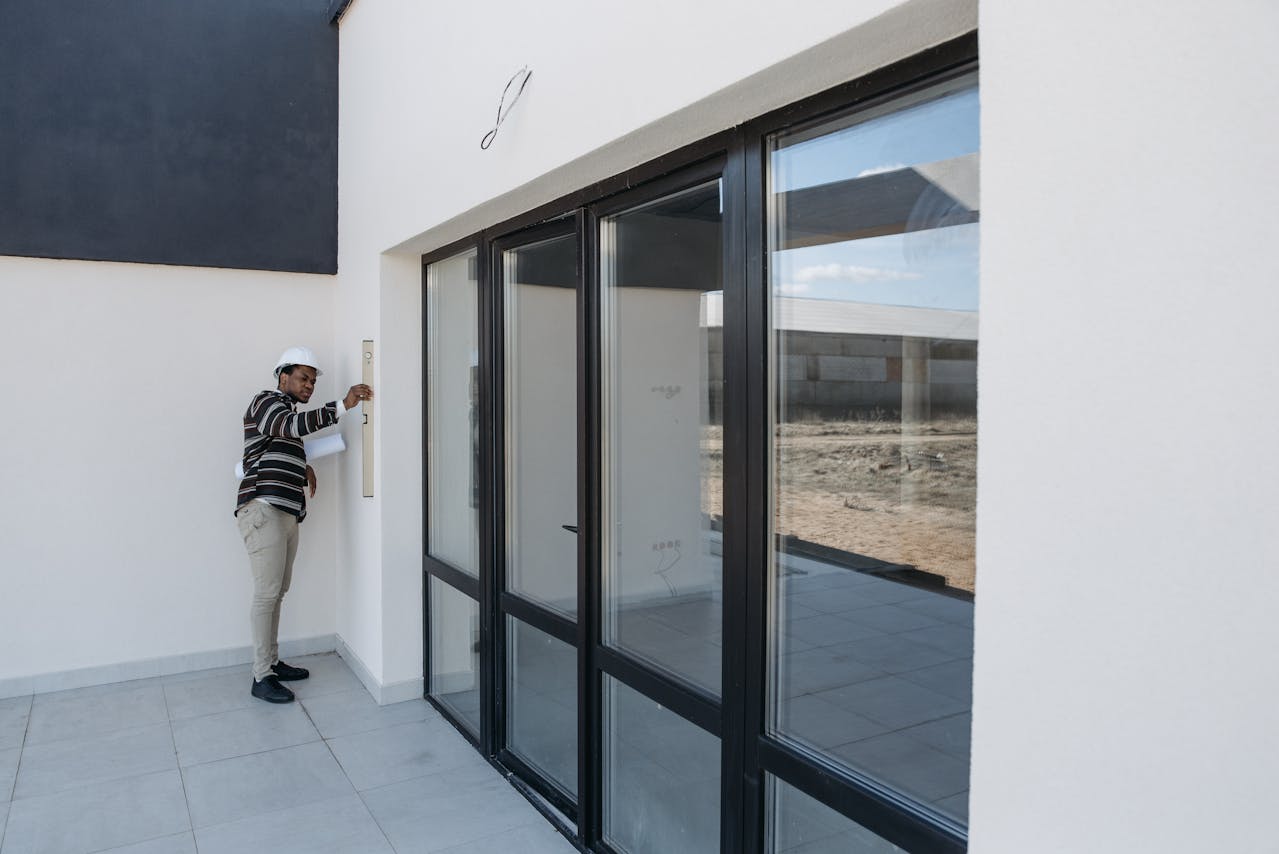Foundation issues can start small, but ignoring early warnings can lead to major repairs. Spotting subtle changes like hairline cracks, uneven floors, or shifting door frames can reveal problems before they escalate. Acting quickly not only saves money but also protects your home’s safety and value. This guide outlines clear signs every homeowner should watch for to prevent minor concerns from becoming expensive structural challenges.
1. Cracks in Interior Walls

Cracks forming above windows or doors can indicate foundation movement, especially if they angle diagonally, lengthen, or widen. These marks often reflect stress in the structure, not just surface flaws. When multiple rooms show similar changes, the issue is more serious. Measuring and photographing these cracks over time helps track patterns. Acting early prevents costly repairs, stops structural deterioration, and ensures the home stays safe and sound for years.
2. Doors That Stick or Swing Open
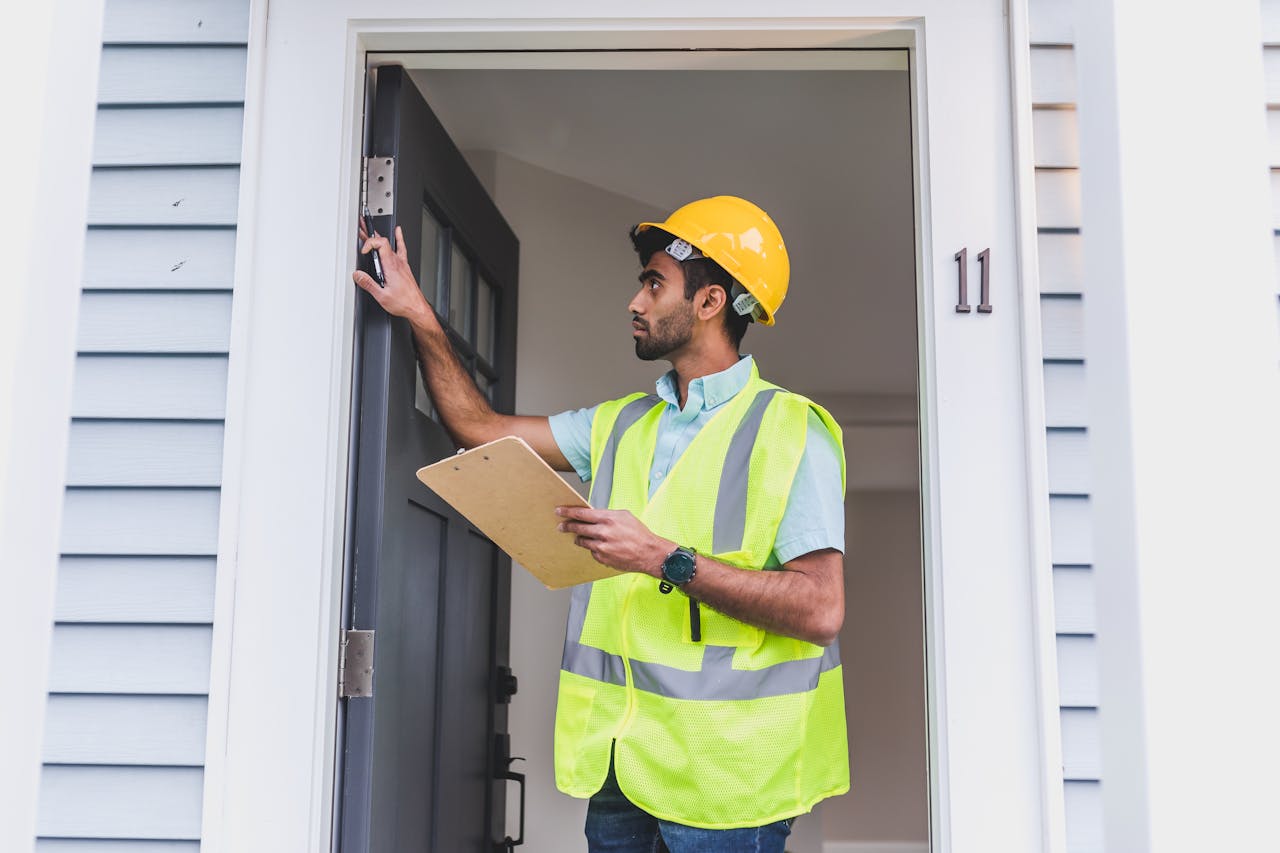
When a door resists closing or swings without effort, the frame may have shifted out of its original position due to foundation movement. If several doors in different areas show the same behavior, the problem likely extends throughout the home. Ignoring it can lead to costly frame and structural repairs. Inspect hinges, gaps, and alignment regularly. Addressing the cause quickly restores smooth operation, maintains security, and preserves stability.
3. Sloping or Uneven Floors
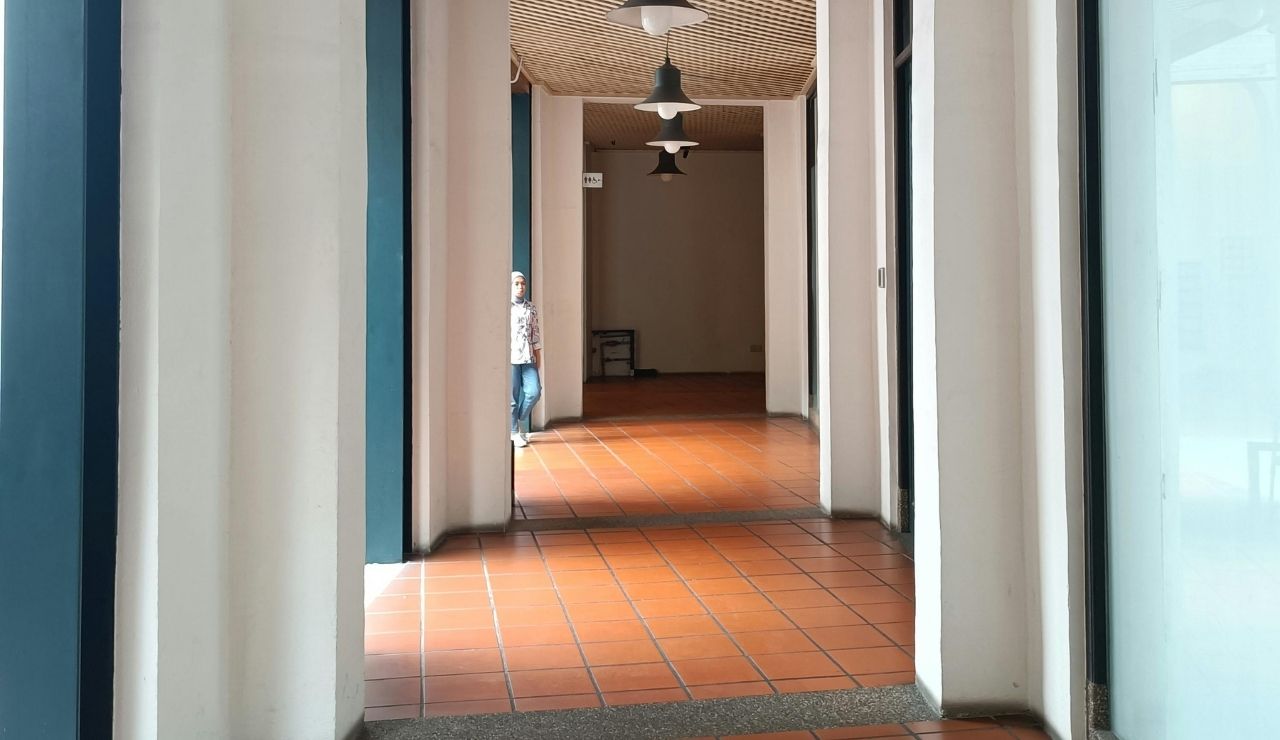
A rolling pen, leaning furniture, or a noticeable tilt while walking can signal that the foundation is no longer level. Soil shifts beneath the home gradually alter the floor’s angle, creating tripping hazards and stressing supports. Left alone, this can cause gaps in flooring, misaligned doors, and wall damage. Using a level to check for slopes and calling a specialist early can save money, prevent worsening problems, and keep floors safe and stable.
4. Gaps Around Window Frames
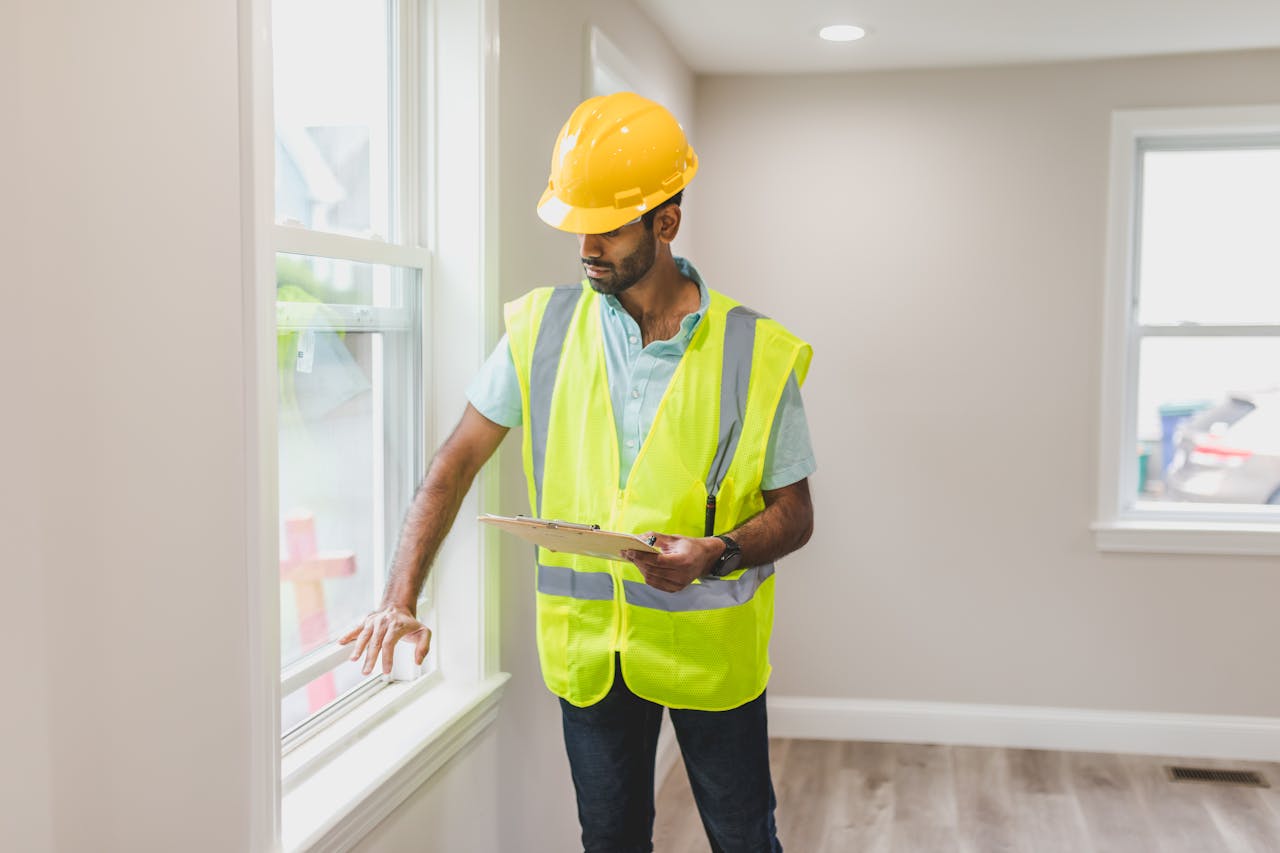
If light, air, or water enters through the sides of a closed window, it may be due to a shifting foundation. Such gaps reduce insulation, raise utility bills, and invite moisture damage. Over time, this can lead to mold and wood rot. While temporary sealants may hide the problem, they will not stop it. Repairing the underlying cause ensures windows stay aligned, secure, and weather-tight, protecting both comfort and structural integrity for years.
5. Cracks in Exterior Brick or Stone
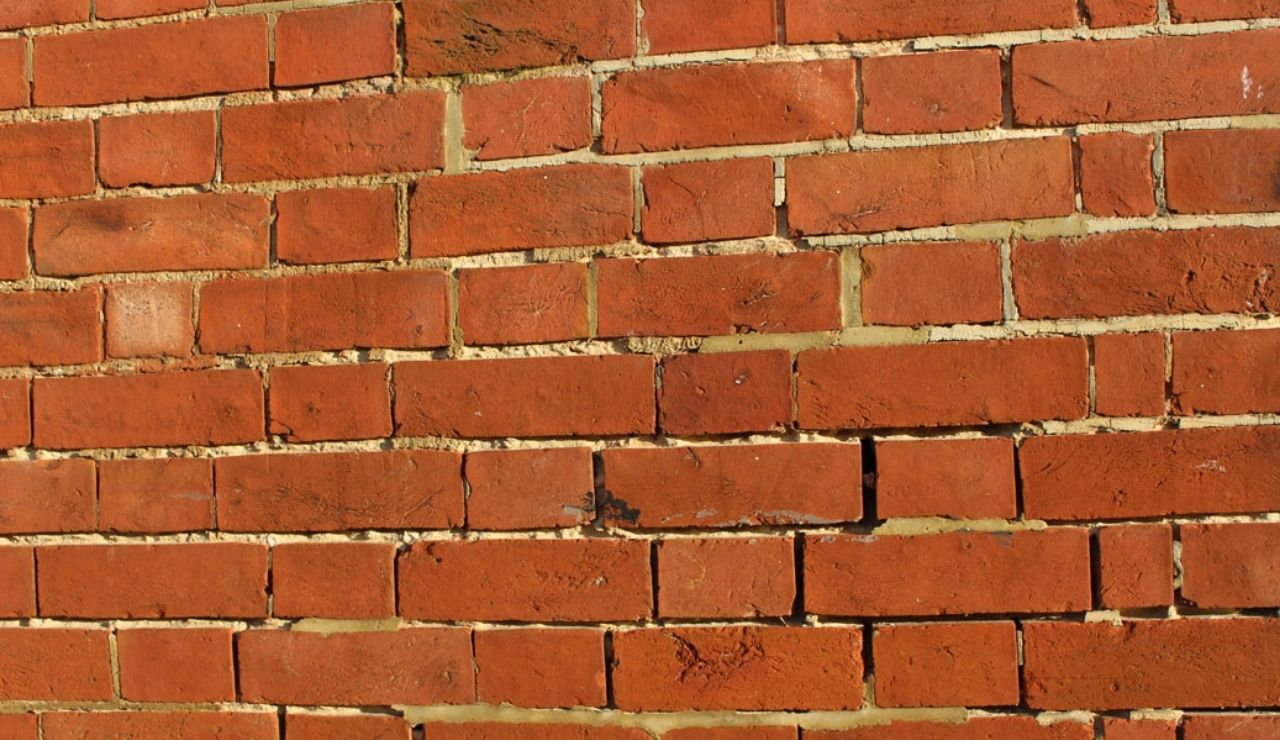
Stair-step cracks in brick or stone often point to foundation settling. These cracks can widen over time, allowing moisture and pests to enter, which accelerates damage. When ignored, repairs become costly and require both masonry and structural work. Inspect exterior walls regularly for changes in crack width or length. Addressing the issue early preserves the building’s appearance, prevents deeper harm, and ensures the home’s structure remains sound and resilient.
6. Water Pooling Near the Foundation

Rainwater gathering at the base of the home can erode supporting soil and weaken the foundation. Poor drainage, clogged gutters, or improper grading are common causes. Standing water also draws insects and encourages mold growth. Redirect runoff through grading adjustments or drainage systems. Acting quickly stops erosion, preserves soil stability, and safeguards the structure from cracks and costly future repairs, especially in areas prone to heavy seasonal rainfall.
7. Chimney Leaning or Tilting
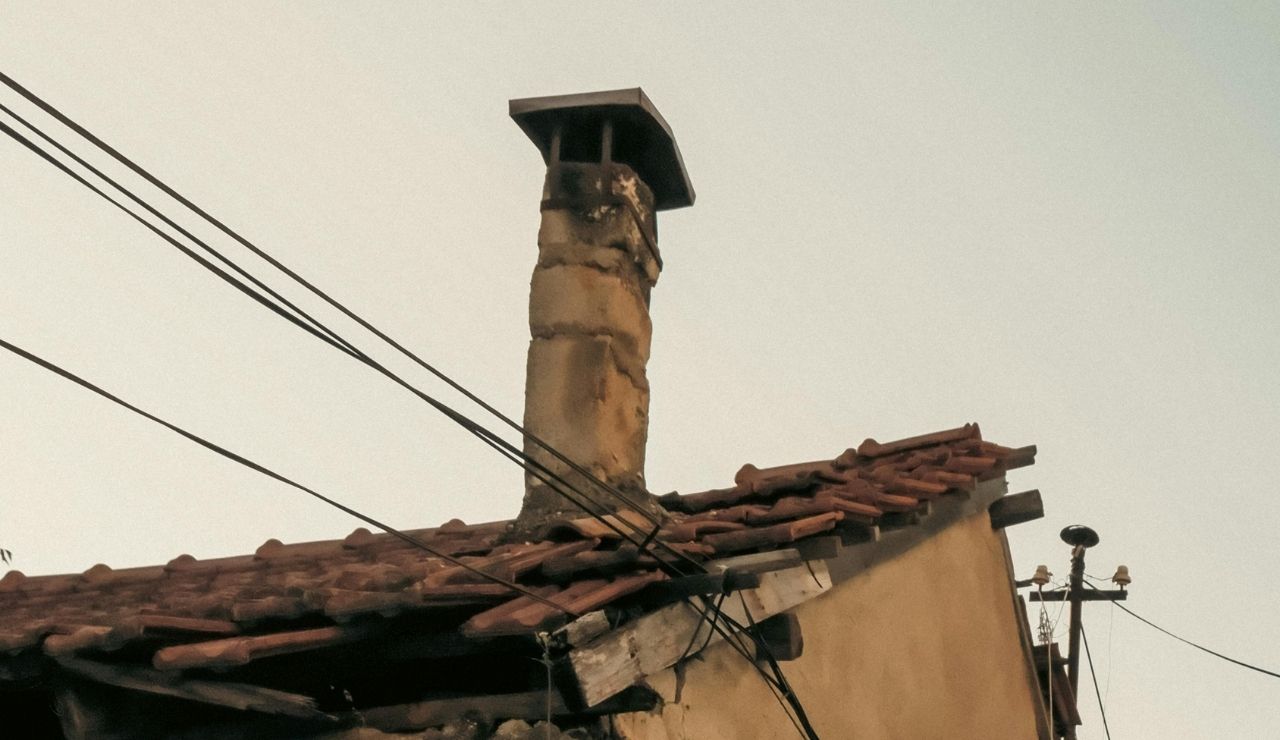
A chimney that leans, even slightly, can place stress on the roof and walls, signaling foundation movement below. Over time, this tilt may worsen, leading to cracking, separation from the house, or even collapse. Regularly checking its alignment from multiple angles helps detect changes early. Correcting the base issue protects surrounding structures, prevents safety hazards, and preserves both the function and appearance of the chimney for long-term stability.
8. Persistent Nail Pops in Drywall

Repeated nail or screw pops in the same spots can mean more than normal house settling. They often signal structural movement in walls caused by a shifting foundation. Covering them with putty may hide the issue briefly, but they will reappear until the root cause is fixed. Addressing the movement ensures smooth walls, prevents further damage, and reduces the need for repeated cosmetic repairs, saving both time and maintenance costs.
9. Bulging or Bouncy Floors

Floors that bulge, bounce, or feel spongy underfoot may signal weakened supports caused by moisture or soil shifts under the foundation. Ignoring these signs can lead to warped boards, loose tiles, and costly replacements. Checking under flooring and in crawl spaces helps confirm the cause. Fixing the base and controlling moisture prevents further deterioration, ensuring safe, level, and long-lasting floors that support daily use without risk of collapse.
10. Gaps Behind Built-In Fixtures

Spaces forming between built-in cabinets or countertops and walls often point to foundation shifts that move the wall itself. This misalignment can affect usability, create gaps where pests enter, and damage finishes. Fixing the structural cause before cosmetic repairs ensures that fixtures remain secure, level, and functional. This approach avoids repeated adjustments and helps maintain the value and condition of the home’s interior spaces.
